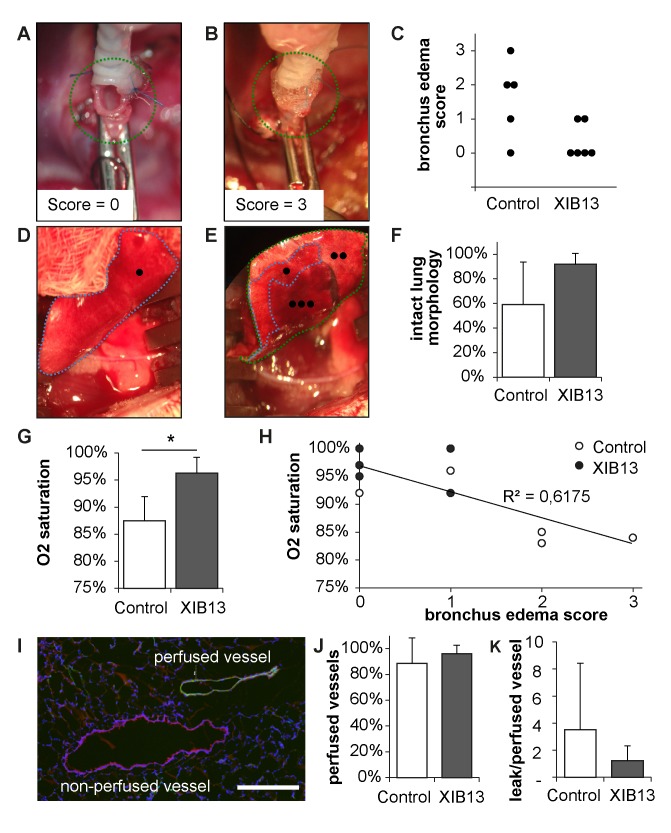Fig 1. Improved oxygenation in XIB13-treated animals 100min after lung transplantation.
Donor lungs were ex vivo perfused with XIB13 or scrambled peptide and put on ice until grafting. Thereby lungs were kept fully inflated with a tracheal clamp, equivalent to clinical lung transplantation. At the time of grafting, the tracheal clamp was released resulting in the spontaneous expulsion of fluid from the trachea in controls (exemplified in B) but not in XIB13-pretreated lungs (A). Results were summarized in (C, p = 0,082; n = 5/group). Lungs were explanted 100min after LTX. The perfused and ventilated areas were quantified macroscopically as exemplified in (D, XIB13-treated; E, control lung): areas marked by “•”were homogenously perfused and ventilated, areas marked by “••” were non-homogenously perfused, and “•••” areas were atelectatic. Results were summarized in F (mean +/- SD, p = 0,102; n = 5/group). Blood oxygenation measured 90min after LTX was significantly better in XIB13-treated animals compared to controls (G; mean +/- SD, p = 0,000); the correlation between preoperative tracheal edema with O2 saturation 90min post LTX is shown in (H, R² = 0,617, p = 0,004). To quantify vascular perfusion, biotinylated tomato-lectin was injected i.v. 5min before animals were sacrificed. The percentage of perfused vessels (marked by the lectin, green) was quantified in lung sections stained for desmin to identify large vessels (red), as exemplified in (I); scale bar 200μm. Data were summarized in (J, mean +/-SD, p = 0,287; n = 5/group); the vascular leak was quantified by extravasation of sodium fluorescein tracer injected simultaneously with lectin (K, mean +/- SD, p = 0,510; n = 5/group).

